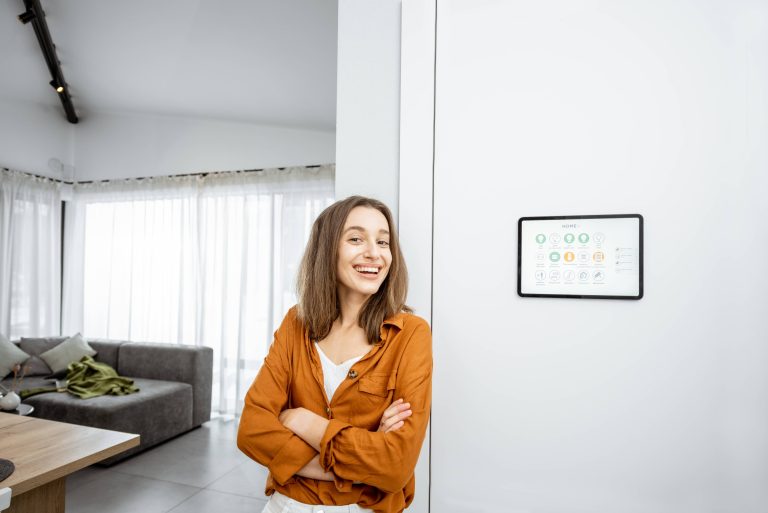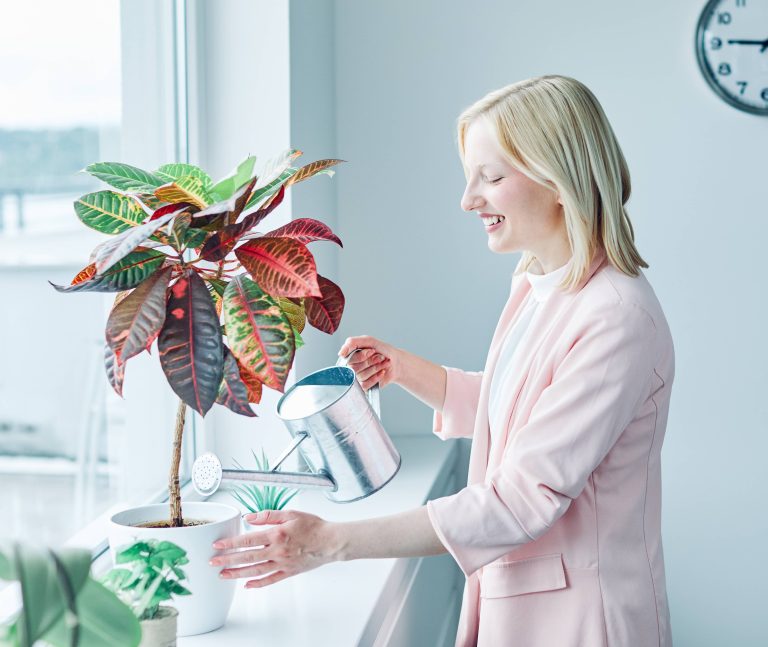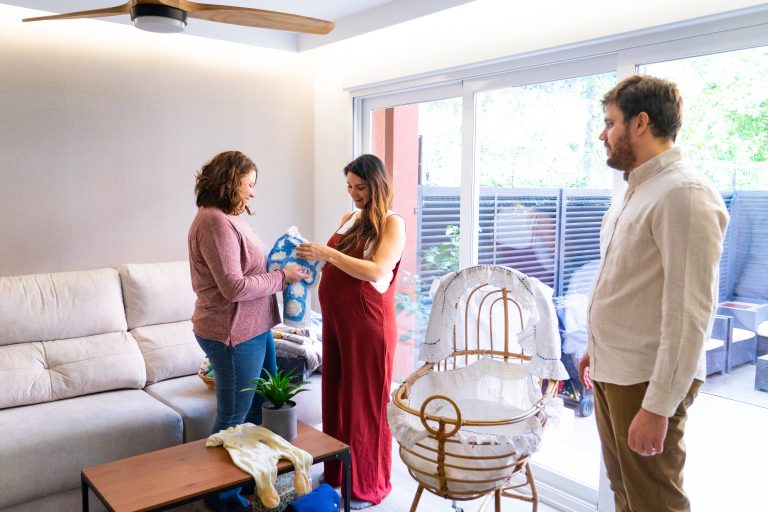
When it comes to home improvement and interior design, choosing the right paint finish for your walls and trim can make a significant impact on the overall look and feel of a space. Paint finish not only affects the aesthetics but also the durability and maintenance of your painted surfaces. With a variety of finishes available, it’s essential to make an informed decision to achieve the desired outcome for your home. In this post, we’ll explore different paint finishes and offer guidance on choosing the best one for your walls and trim.
Understanding Paint Finishes
Before diving into which paint finish might work best for your home, it’s crucial to understand the different types available. Paint finishes are often categorized based on their level of glossiness, which influences light reflection off the painted surface. The primary types of paint finishes include flat (or matte), eggshell, satin, semi-gloss, and high-gloss.
1. Flat/Matte Finish:
– Characteristics: Flat or matte finishes have no sheen, which means they reflect very little light.
– Benefits: This finish is excellent at hiding imperfections on surfaces and offers a smooth, elegant look. It’s ideal for ceilings and areas with limited traffic.
– Drawbacks: Flat finishes are not as durable or washable as their glossier counterparts, making them less suitable for high-traffic areas or surfaces that require frequent cleaning.
2. Eggshell Finish:
– Characteristics: Eggshell has a slight sheen, similar to the surface of an eggshell.
– Benefits: This finish is more durable than flat finishes and provides a soft, warming appearance. It’s suitable for living rooms, dining rooms, and bedrooms.
– Drawbacks: Eggshell finishes offer limited washability compared to shinier finishes, so it’s not ideal for areas that are prone to dirt and stains.
3. Satin Finish:
– Characteristics: Satin finishes have a smooth, velvety appearance with a slight gloss.
– Benefits: Offering a balance between durability and appearance, satin finishes are appropriate for high-traffic areas like hallways, kitchens, and bathrooms. They are relatively easy to clean, responding well to moisture and stains.
– Drawbacks: While more durable, satin finishes might highlight surface imperfections more than eggshell or flat finishes.
4. Semi-Gloss Finish:
– Characteristics: Semi-gloss paints are shinier and more reflective, with a noticeable gloss level.
– Benefits: This makes them highly durable and resistant to moisture, making them ideal for bathrooms, kitchens, and wood trim. They are also quite easy to clean, which is why they are commonly used in areas that need frequent washing or wiping.
– Drawbacks: The higher gloss level can highlight imperfections, so proper surface preparation is crucial before application.
5. High-Gloss Finish:
– Characteristics: Having the highest level of sheen, high-gloss finishes are very shiny and reflective.
– Benefits: Extremely durable and easy to clean, high-gloss finishes are typically used on surfaces requiring resilience, such as cabinetry, trim, and doors.
– Drawbacks: As with semi-gloss, the high sheen will highlight any imperfections, requiring careful surface preparation and application.
Choosing the Right Finish for Walls
When selecting a paint finish for walls, consider the room’s function, the desired ambiance, and maintenance needs. A general guideline is to use flatter finishes in living spaces for a warm and cozy ambiance and semi-gloss or satin finishes in bathrooms and kitchens for easy cleaning and moisture resistance.
For living rooms, bedrooms, and dining areas, an eggshell finish can be a perfect choice. It strikes a balance between offering a soft aesthetic while being more resilient than a matte finish. However, if your walls are prone to scuffs or you have young children, a satin finish may provide the right balance of durability and beauty.
Choosing the Right Finish for Trim
The trim in your home—including baseboards, moldings, window frames, and doors—typically benefits from a more durable, glossy finish. Traditionally, semi-gloss is a popular choice for trim because it provides a nice contrast to walls painted with flatter finishes and is easy to clean. Additionally, the slight sheen of semi-gloss adds a touch of elegance and highlights architectural details.
Alternatively, high-gloss finishes on trim can create a striking, modern look, especially in homes with contemporary or traditional styles. Its reflective quality makes it excellent for emphasizing detailed molding, though meticulous prep work is necessary to ensure a smooth surface.
Tips for Best Results
1. Preparation is Key: Regardless of the finish you choose, proper surface preparation is crucial. Clean the walls, repair imperfections, and prime surfaces to ensure an even finish.
2. Test First: Always test paint colors and finishes in small areas to see how they react to light in your space. This helps avoid surprises and ensures you’re satisfied with the final look.
3. Quality Matters: Invest in high-quality paints. They tend to have better coverage, durability, and color retention over time.
4. Consider Practicality and Lifestyle: Evaluate your family’s lifestyle, especially in high-traffic areas, to choose a finish that aligns with your maintenance needs.
5. Balance and Coordination: Ensure the finishes on walls and trim complement each other. A professional look often comes from a harmonious relationship between different finishes within a room.
In conclusion, selecting the best paint finish for walls and trim is a crucial decision that influences your home’s style, functionality, and longevity. By understanding the different types of finishes and considering your space’s specific needs, you create a beautiful, cohesive environment that enhances both aesthetics and practicality. Happy painting!













